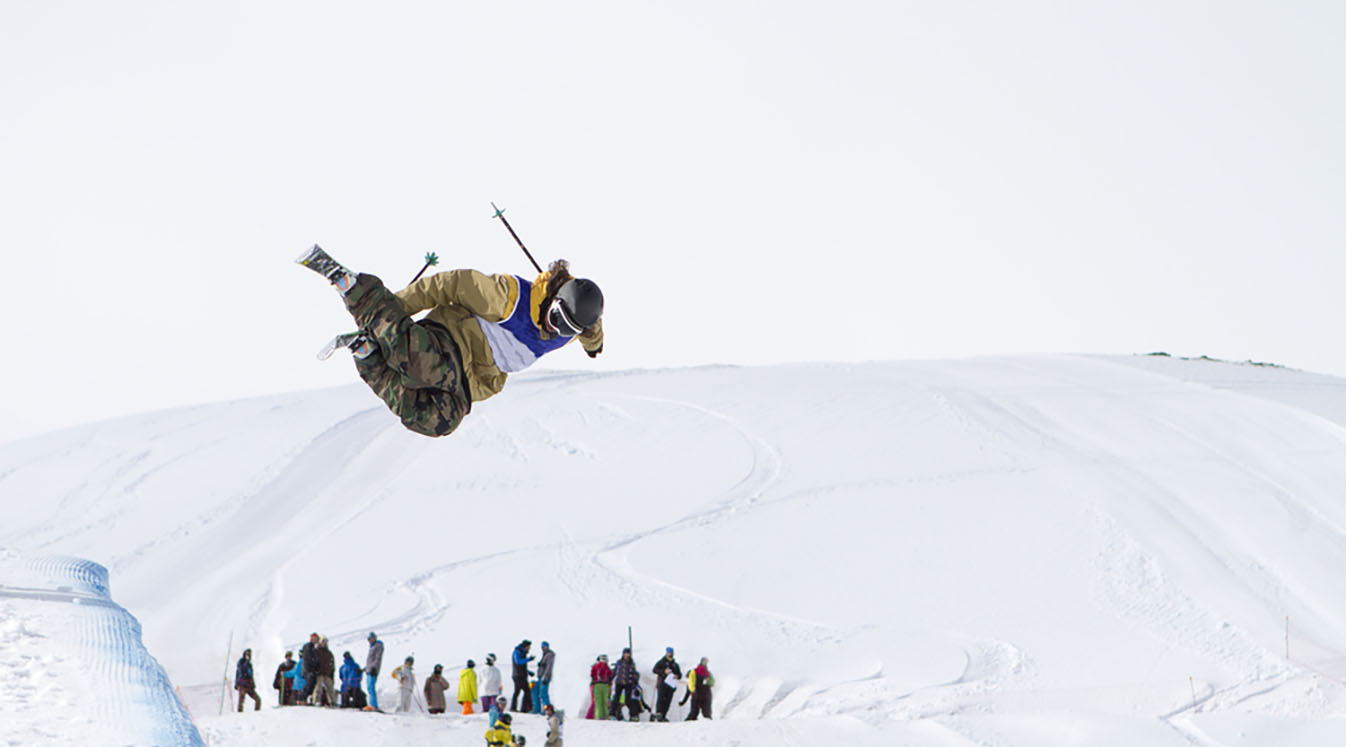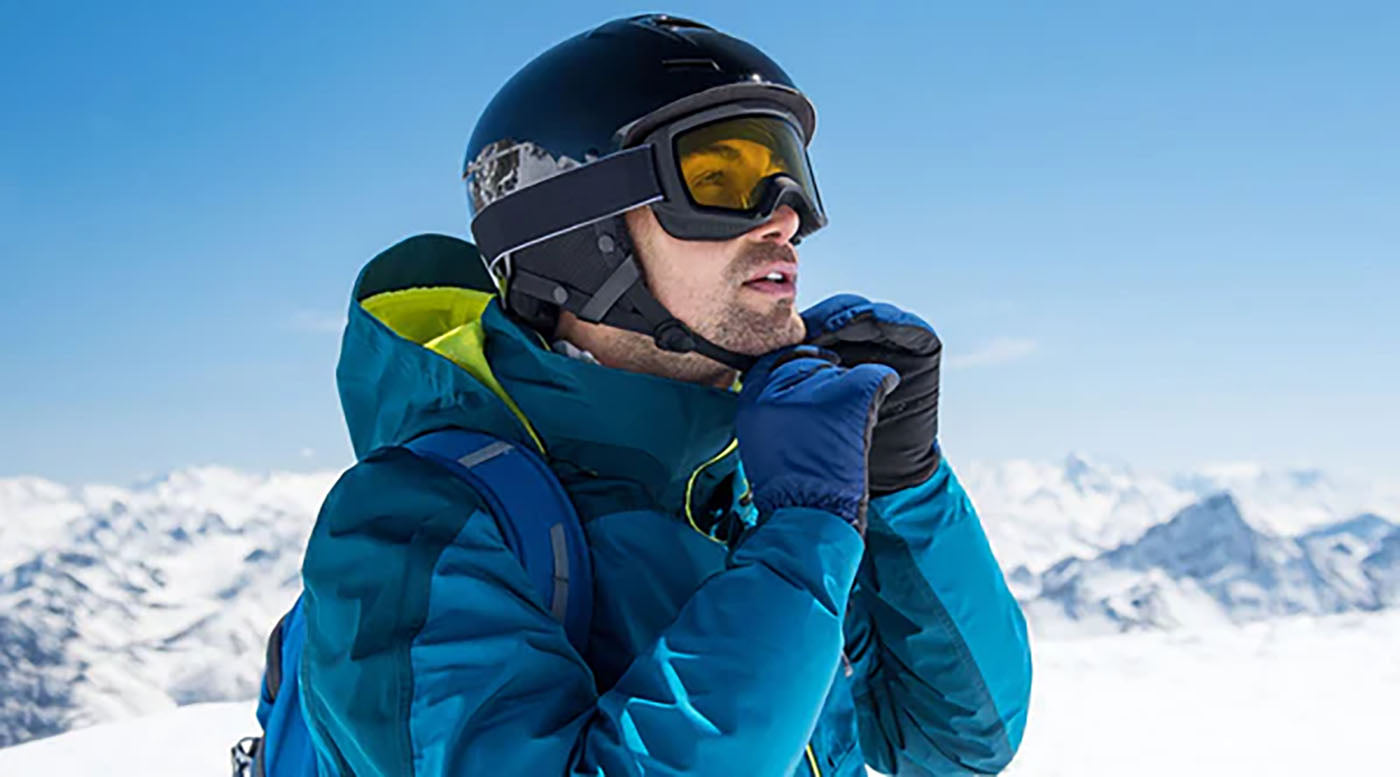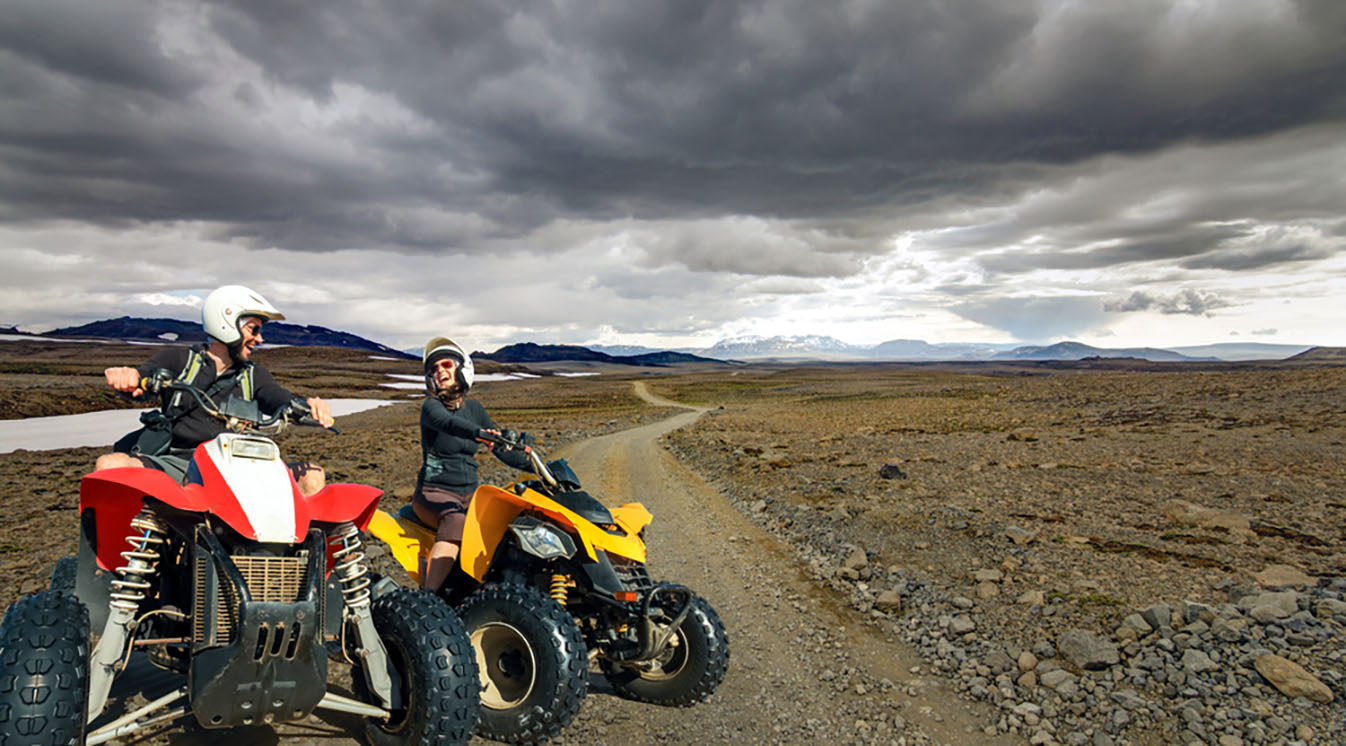What Is Freestyling?
Freestyle skiing is a type of skiing discipline that features aerial stunts and acrobatic maneuvers, usually in mid-air. The goal is to get as much air as possible so that you can turn or flip your body before nailing the landing. Skiers can practice this sport at designated freestyle rinks and parks or on the side of a mountain. It is generally divided into three categories:
1. Slopestyle skiing: This style involves skiing down the side of a mountain, except the track is fitted with rails, obstacles and jumps that give you more of a lift. It’s much more than a race to the bottom. You’ll need to steer your way to the ramp or jump onto the rail to ride it for several yards. Adjust your riding style to increase your speed as much as possible for bigger jumps. If you’re entering a competition, you’ll need to hit every obstacle on the way down to land a score.

Source: Federico Rostagno/Shutterstock.com
2. Big Air: The big air runs are among the largest jumps in the game. You can get big air on a course or off the side of a mountain. Some tracks feature ramps as tall as 60 feet. The goal is to perform as many stunts or flips in the air as possible before landing. The entire run consists of a single jump, but it will be a few seconds before you return to the ground. You can cross your mid-air as well without worrying about sticking the landing. You just need to make sure you are in the right position coming down.
3. Halfpipe: The halfpipe is essentially two slopes on either side of one another. You will go from one end to the other repeatedly as you try to get air on the jump. The tricks won’t be as big, but you will have more opportunities to get off the ground. The entire pipe is made of snow, creating a smooth incline on both sides. When competing, you usually have to start at one end and do multiple jumps on both sides of the ramp before getting to the end.
Make Sure You Have All The Ski Helmet Accessories You Need
How to Freestyle on Skis
You need to wear plenty of safety gear to enjoy this sport responsibly, including a ski helmet and durable outdoor clothing that keeps you warm and dry. There is a good chance that you will fall when you are just learning how to freestyle ski, which can lead to aches and pains. The helmet should wrap all the way around your head without moving or sliding around. Put pads into your clothing to buffer the impact. Knee, back and arm pads will help cushion your fall so you can get back up and go for another run. Find ski helmet accessories that are made for freestyling for maximum protection.
It always helps to have a coach or trainer when you’re first starting out. Wear a ski helmet communication device on your helmet to communicate on the slopes in real-time. Your coach can walk you through the experience from a distance so you can maintain the right position going into a jump. Just speak into the device if you have a question or need emergency medical assistance.
How Long Does It Take to Learn How to Freestyle?
Experts say you should be able to land your first move, such as a 180-degree turn, half twist or even a full 360-degree spin, after six months of practice.

Source: dotshock/Shutterstock.com
If you are tired of skiing downhill or trudging your way through the icy wilderness, try freestyling to mix up your winter routine. It’s the perfect challenge for anyone who loves to ski.





